Our Work
PowerTec’s references include:
3.5MVA Cadell Almond Farm Off-Grid Microgrid Energy Storage and Dominant Generator System + Microgrid Control & SCADA

The project owner, AGL, has built the microgrid, comprising of a ~9km new local HV network, a 4.9 MW solar farm, a 3.5MVA/4.2 MWh BESS and a microgrid control system, to slash the use of diesel fuel generators at Australian Farming Services’ (AFS) Cadell Orchards in the New South Wales (NSW) Riverina region.
At the core of the renewable energy system, spread across a five-hectare block at the commercial almond farm near Balranald in southwest NSW, is the PowerTec PowerCache®, a power-system-strength-generating BESS. It will form a utility-quality grid, providing fault current and instant operating reserves while smoothing and storing intermittent solar energy. Controlled as a microgrid by over thirty PowerTec PaDECS® edge-controllers, the network can, among various other functions, autonomously reconfigure to adapt to operational scenarios and achieve high fault tolerance.
The system will provide more than 5.2 GWh of renewable energy to the site per year, reducing the horticultural operation’s reliance on diesel-fuelled generators and cutting the orchard’s carbon emissions by up to 4,700 tonnes each year.
AFS Chief Executive Officer David Armstrong said the 1,690-hectare property is not connected to the grid, instead relying on electric pumps that have until now been powered by diesel generators.
“We manage more than 4,400 hectares and nearly 1.5 million trees in some of Australia’s most productive horticultural regions,” he said.
“Working with AGL and PowerTec, we’ll be able to generate clean and renewable solar power which will cut our emissions, reduce our reliance on diesel fuel by 85% and deliver up to 40% energy cost savings each year.”
“Our orchard will also benefit from energy price certainty and better energy resilience and reliability.”
AGL will own and operate the microgrid under a long-term power purchase agreement.
Inverter-Integrated BESS and Tri-Generator at the University of Adelaide

A rectifier–inverter set-up with a DC-coupled buffer battery enables the full scope operation of a tri-generator serving a campus building thermal energy requirements, creating electrical energy revenue and ensuring grid compliance. As for many commercial and education campus building services, the tri-generator (electricity, heating and cooling) had become non-compliant with current network protection rules, uneconomical and environmentally questionable due to its inefficient use of gas as a fuel.
PowerTec has provided the customised PowerCache®-L system encompassing the grid connection, inverter, rectifier, and battery systems, dynamically controlled by a PaDECS® microgrid edge control system. Local partners delivered the project management, building systems integration, and installation.
The new system enables efficiency-optimised grid-connected use of the tri-generator. The PowerCache® ensures grid compliance, operational resilience, optimal generator loading and a reliable operating reserve.
A glimpse into the system’s operation, depicted in the HMI screenshot, showcases its ability to supply power and cooling to the building while loading the generator optimally and managing excess energy through battery storage.
This transformative energy solution is ready for owners and operators tri-generators in commercial buildings.
Beerenberg Food Factory PowerCache
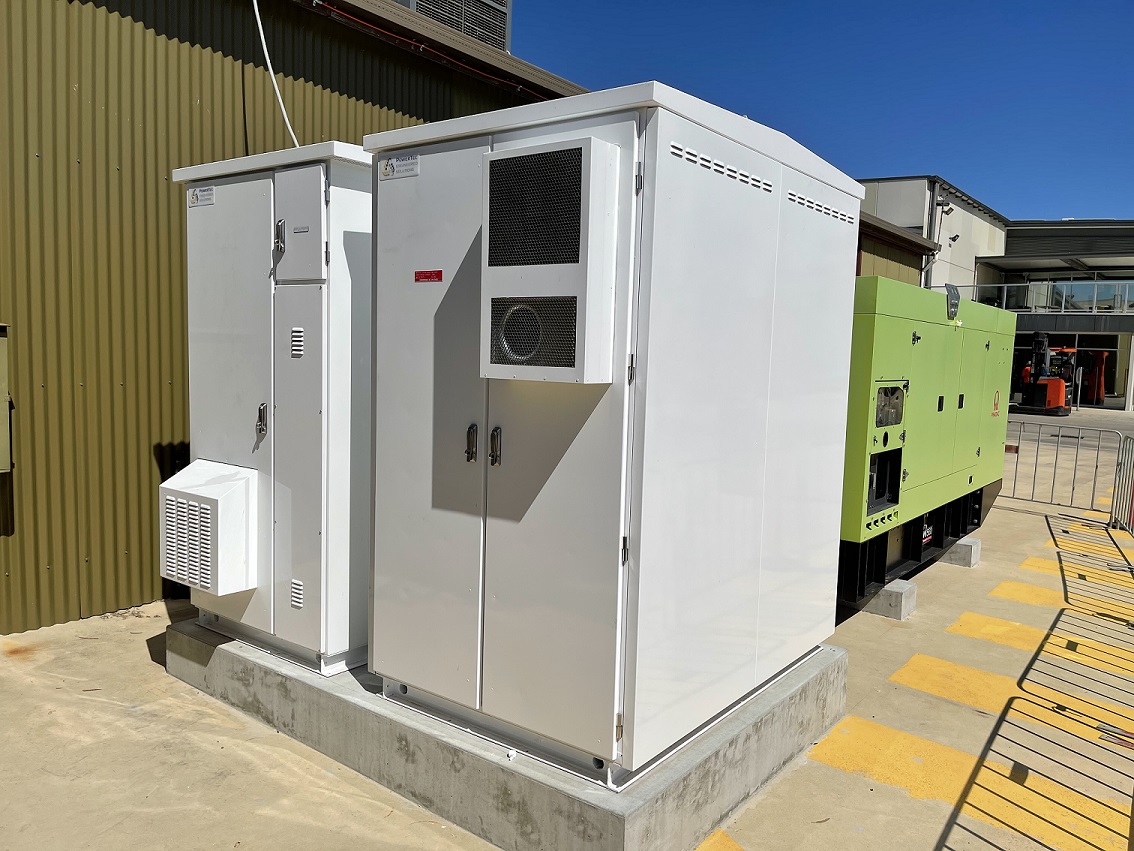
On the 12th of August 2021 PowerTec successfully tested the no-break grid-parallel UPS function with the PowerCache Battery Energy Storage System, as mains power was lost at the Beerenberg food factory in Hanhdorf, South Australia.
This was the first time the UPS feature was used during operation of the industrial site with a load of almost the full power capacity of the PowerCache®. The PowerCache® is a virtual synchronous machine with Fast Frequency Response, synthetic inertia and now UPS capability. This additional functionality is required to provide ride through capability on a Loss of Mains (LoM) event. It means the whole factory has uninterrupted supply and can continue operations as normal during a brownout or blackout.
By using a combination of grid-parallel voltage source mode operation and special ‘Passive and Active Loss of Mains detection’ method, the PowerCache® was able to detect a loss of supply event whilst maintaining a stable voltage to the factory. This allowed seamless transition from grid to island mode, automatically and instantaneously. Yet the function never compromises grid safety standards; for example, a secondary network anti-islanding protection will trigger, should the transition to islanding the site fail for any reason.
The PowerCache® is also powerful enough that together with the new solar installation, it can provide stable, ride through capability such that the solar inverters don’t trip during a LoM event. And during normal times of operation the PowerCache® preforms voltage control/reactive power control, peak lopping, reducing demand charges and absorbing excess solar generation.
Australian National University Microgrid Emulator

While there is a lot of discussion about battery technology, what counts are the inverter capabilities when exploring the potential of community and commercial Microgrids and Distributed Energy Resources (DER). The Australian National University recognised this and talked to PowerTec, the experts in highly functional Microgrid solutions, about their requirements for the DER Laboratory. The Lab will allow aspiring renewable energy professionals and industry to safely test new technologies and products in an environment that emulates real-world conditions.
Last month, the PowerTec Microgrid Emulator was preliminarily commissioned and introduced as one of the Lab’s main platforms. It emulates a C&I-scale battery energy storage system (replacing the actual battery with a power conversion system), an island-capable grid connection, and three programmable inverters that can represent all kinds of loads and generators, single, 2- and 3-phase.
Do you want to experiment with the feeder voltage and load of a solar community? That’s a start. Have you seen parallel frequency-drooping generators, EV-chargers and home solar systems interacting on an islanded Microgrid? Configure it and go ahead! What uninterrupted power performance can an inverter deliver? Cut the supply and see!
Porsche Ultra Rapid EV Charging Battery
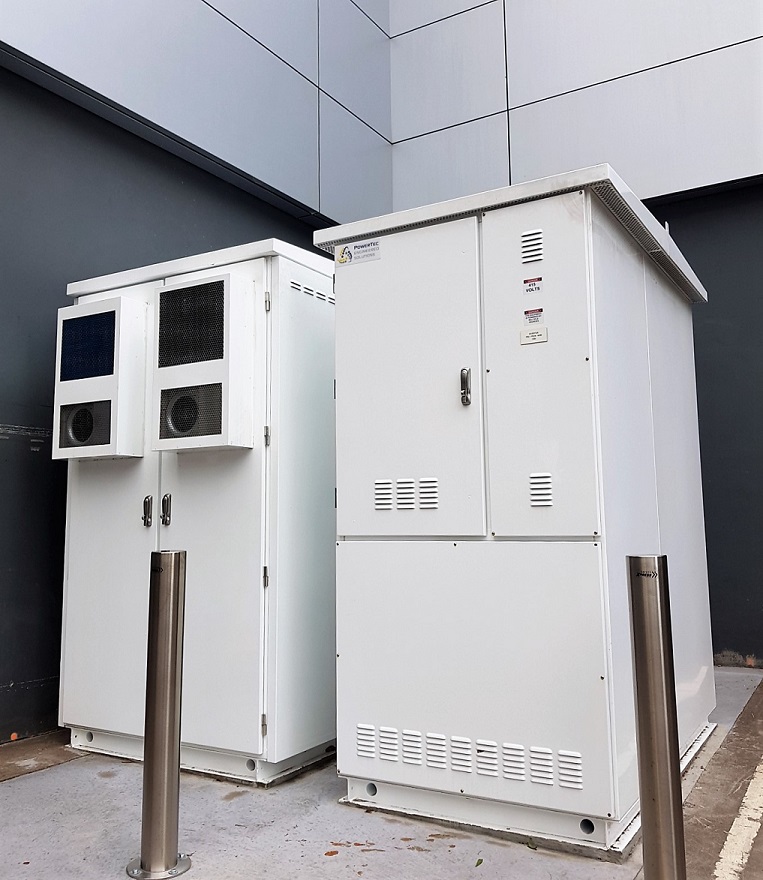
What does it take to prepare a car dealership for the emerging arrival of high-performance EVs? What if the available grid connection cannot be rated high enough to future-proof it? Porsche Cars Australia was faced with these questions when preparing Porsche Centre Sydney South for the launch of Porsche’s all-electric Taycan earlier this year.
In February 2021, PowerTec joined the JET Charge team that installed the ultra-fast charging station at the Centre and commissioned a 250kVA/270kWh PowerCache® EV-charger buffer battery energy storage system (BESS). When it plugs in, the Taycan ramps up the charge rate to up to 270kW (or 350kW for two cars) in about 5 sec, suddenly increasing the regular dealership load to twice the regular amount. The PowerCache reacts almost instantaneously and not only keeps the site mains feeder load at a safe level but simultaneously controls other network parameters, like voltage, to stay in the required range. Spare capacity is used to power the dealership during high electricity price periods, and the PowerCache is ready for future integration into energy ancillary services markets.
The BESS has supported the dealership for several months and is currently transferring to business-as-usual operation.
Torquay Ultra Rapid EV Charging Battery (Chargefox)
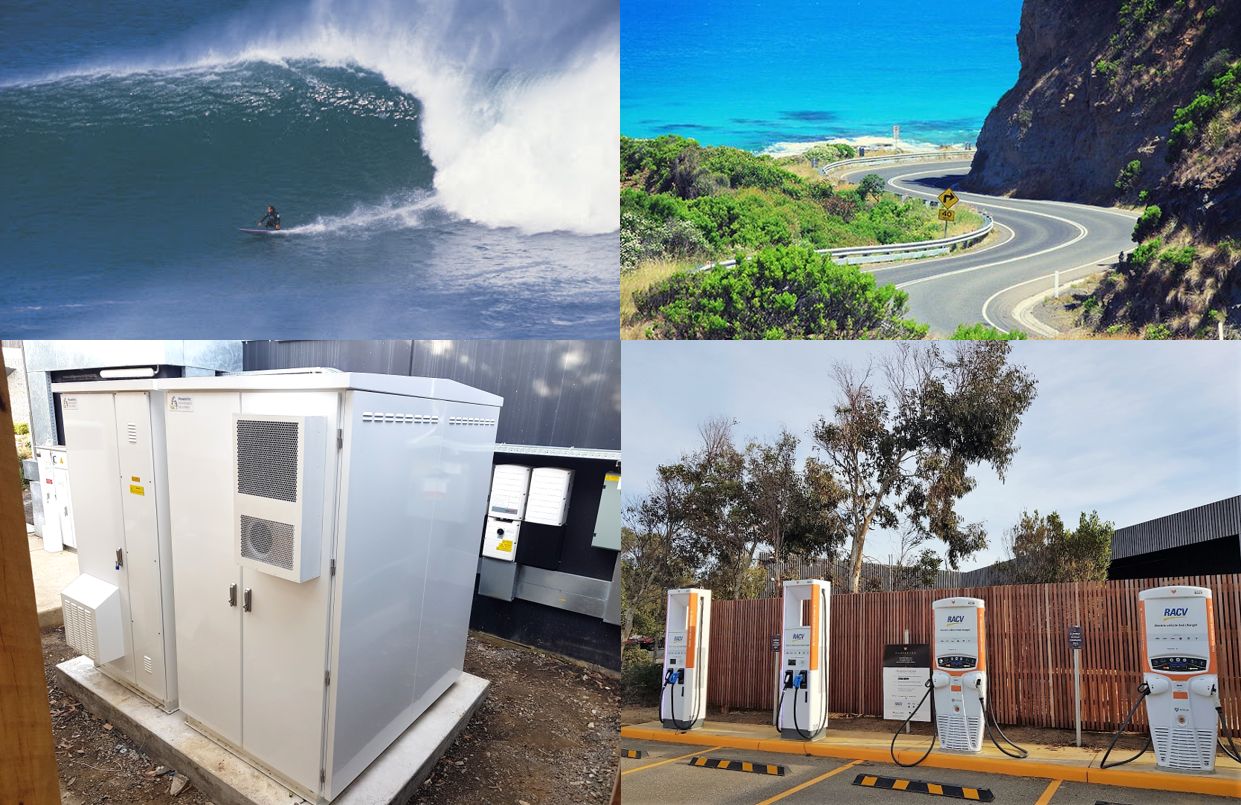
Power Technology Engineered Solutions Pty. Ltd, a global leader in end-to-end storage solutions, delivered its second EV-charging station battery for Australia’s biggest and fastest growing public EV charging network owner, Chargefox. To allow the RACV Torquay electrical network to handle the increased demand due to multiple fast chargers, ChargeFox employed the services of a Power-Tec 250kVA / 270kWh PowerCache® at the location. The PowerCache® serves as an EV-charging buffer and combined with the 510kW solar installation, enables hotel guests to charge their EVs from renewable energy. Together with PaDECS® cloud, RACV Torquay PowerCache® also has access to electricity markets services such as FCAS and Spot Market trading via their retailer.
Goulburn Ultra Rapid EV Charging Battery (Chargefox)
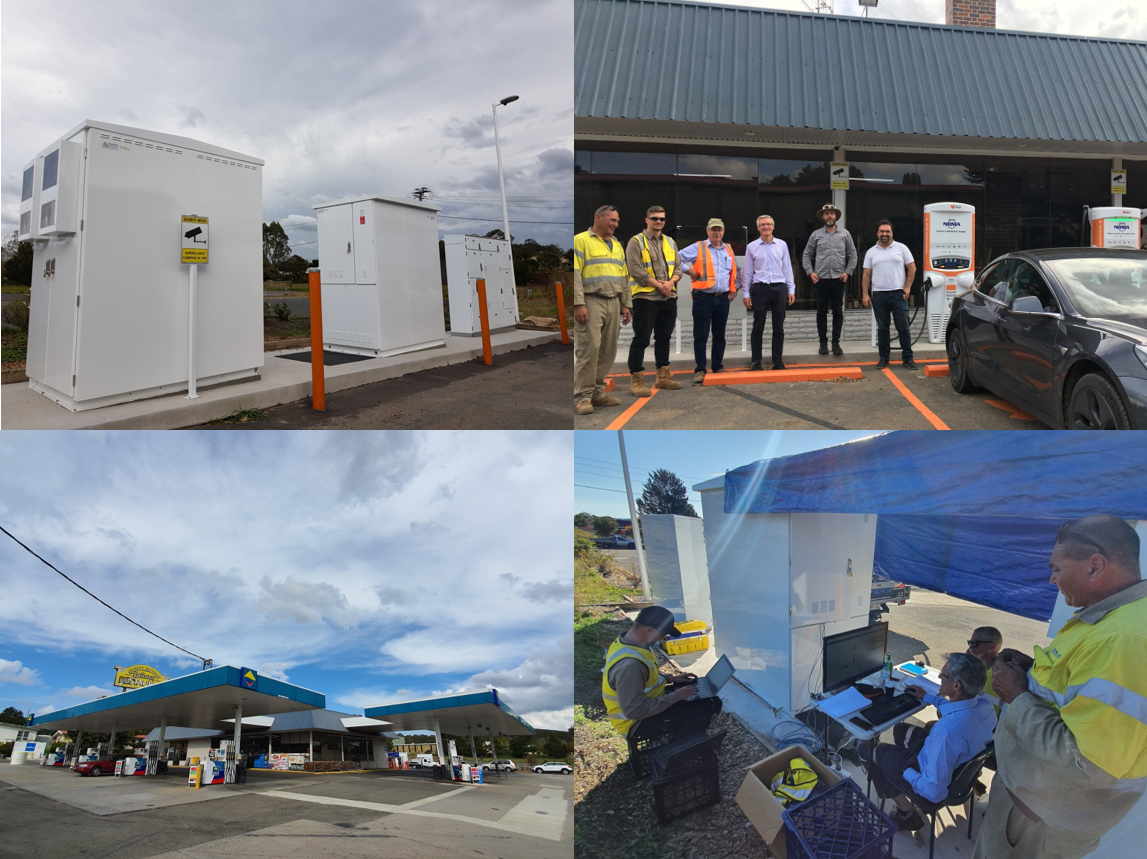
PowerTec has delivered the first of a fleet of EV-charging station batteries for the public EV-charging network, Chargefox. The 250kVA / 270kWh PowerCache® delivers benefits for the owner (Chargefox), the energy company (Hydro Tasmania), the network, and the site operator (Goulburn Budget Petrol Station) – all at once! It primarily serves as an EV-charging buffer, allowing for ultra-fast charging despite a weak grid connection. Further benefits include electricity markets services (incl. FCAS), and site back-up power (including islanding as a microgrid), as well as network support.
Pole-mounted Community Battery (United Energy)

PowerTec, in an Australian first, has delivered the first of two prototype Pole-mounted Grid Battery Energy Storage Systems (BESS) in the suburb of Highett, Bayside area, Melbourne. The PowerCache® BESS enables the Distribution Network and the Energy Companies to serve the community with more flexible and economical ways to use solar energy. PowerTec is has worked closely with United Energy to deploy our PowerCache® technology as the pilot for this alternative way to deliver power distribution flexibility.
System details: The 30kVA/85hWh BESS operates mid-circuit of a 50-75 consumer LV feeder and provides voltage control, phase-balancing, load/generation peak lopping and smart time-of use solar energy shifting. Its most frequent use case, in the absence of any technical constraints on the network, is participation in Electricity Market Services, controlled by an energy company.
AusNet Services Mooroolbark residential community Mini Grid Trial

PowerCache® / PaDECS® Mini Grid Stabilisation and Grid Connection System: Battery, inverter and stabilisation control system, providing voltage stabilisation, 18 homes 3-phase power and energy balancing, as well as smooth on-grid/off-grid transfer and islanded grid voltage and frequency dynamic control services to the community; 14 participants with residential solar and battery systems share their energy and also provide energy to 4 homes without own generation; the central PowerCache® stabiliser leverages distributed home solar PV and energy storage of 5-10 times its own power and energy rating (18kVA/10kWh) to share power and energy and stabilise the network; it represents the grid-forming and grid-balancing inverter when off-grid, effectively alleviating outages by separation and re-integration from/to the main grid; in operation since 03/17, with up to 22h continuous off-grid operation to date, VIC 2016/17Upgrade to 30kVA/30kWh system with Smart P/Q control for distribution network optimisation and dynamic phase balancing in 2019
Cape Jervis township 270kVA/270kWh Grid Battery Energy Storage and Network Control System (SA Power Networks, Uni of Adelaide)
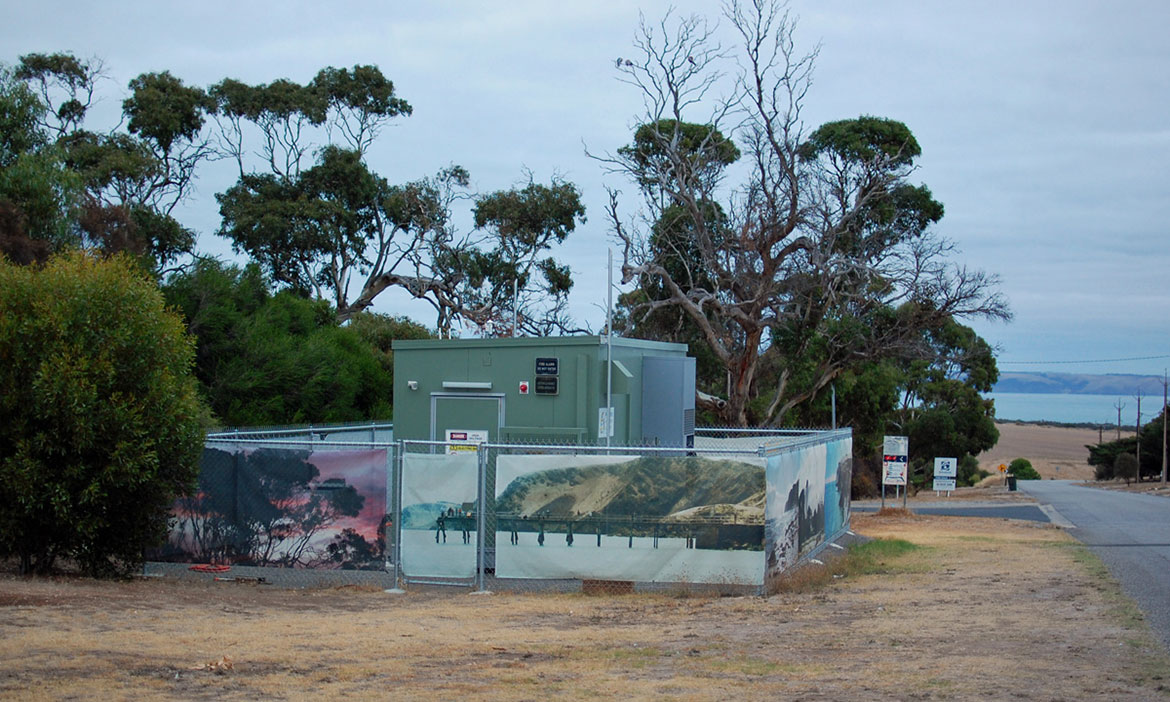
PowerCache® Battery Energy Storage System, integrated as a mobile building, installed in the town distribution network; the system includes a “Virtual Synchronous Machine”-type inverter, Li-ion batteries, a flexible grid connection switchboard, and a PaDECS® control and monitoring system for the battery, the grid connection, the feeder and a remote high voltage regulator (on the main town feeder located at the substation 10km upstream of the town); it provides a smart combination of local feeder and remote main feeder peak load lopping, voltage stabilisation, and autonomous on-grid/off-grid operation on SA Power Network’s network; further microgrid use cases are prepared for the University of Adelaide, ARENA funded project “Australian Energy Storage Knowledge Base”, operation started in 02/18, SA 2017/18
Power and Water Corporation’s Daly River isolated grid Battery Energy Storage system
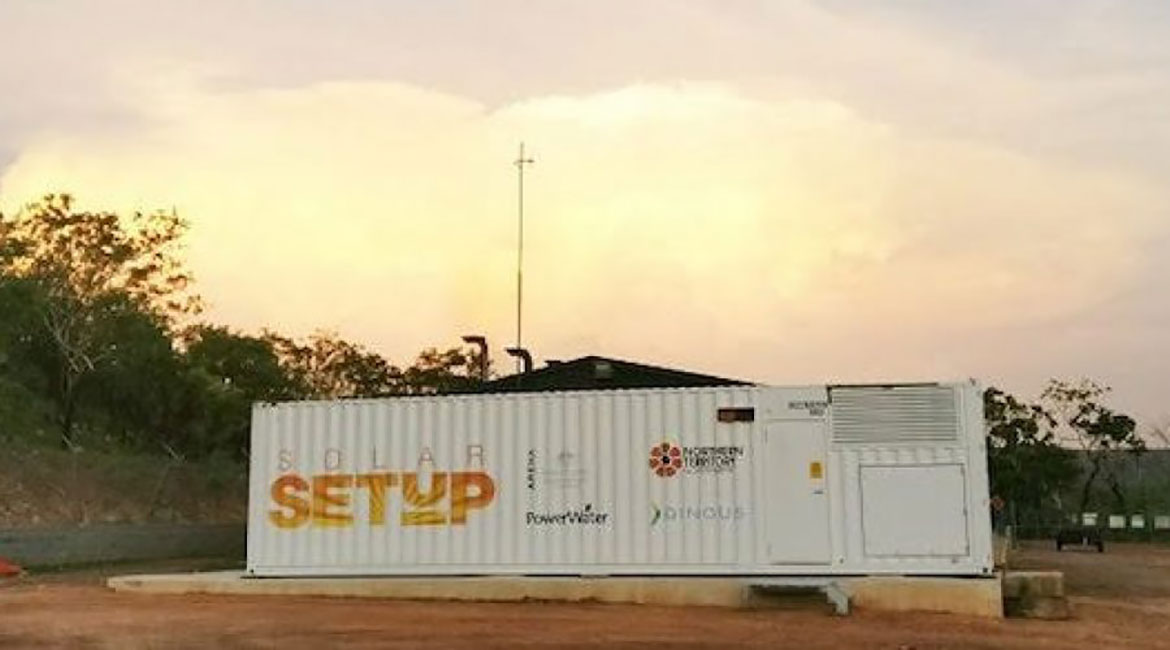
Feasibility study, tender specification and tender assessment consulting services, as well as owner’s engineer role, NT 2015/16
Distributed large-scale Grid Battery Energy Storage Systems Study for Jemena’s distribution network
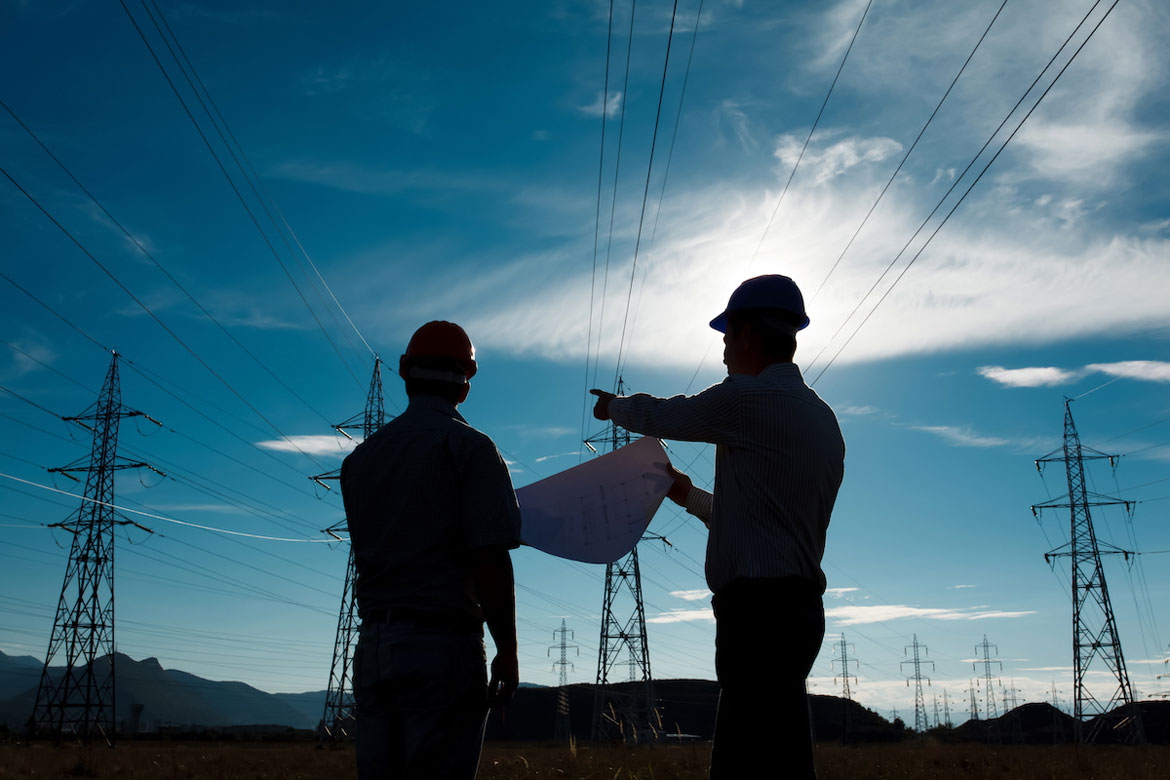
Feasibility study, concept design, network impact study and simulation of network constraint resolution effects of distributed, VIC 2015
Electrical & control integration solution of Laing O’Rourke’s re-deployable Solar PV/Diesel power station (SunSHIFT)

Feasibility study, design, engineering, owner’s engineer role and commissioning support of the ARENA funded project (Combabula), QLD 2014

